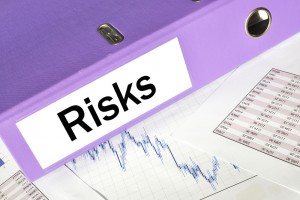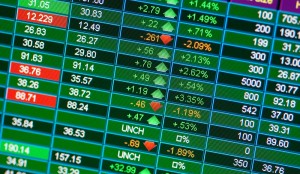 The securities lawyers of Gana Weinstein LLP are investigating recommendations by brokerage firms for their clients to invest in Moody National REIT II (Moody REIT) – a non-traded real estate investment trust (non-traded REIT). According to secondary market quotes, Moody National REIT II has suffered massive losses and may only be worth less than 50 cents for every dollar purchased. In addition, Moody National REIT II no longer distributes a dividend. As is too common in the brokerage industry, firms fail to understand the flawed non-traded REIT business model and only recommend these products for their 7% commissions – not because they benefit investors.
The securities lawyers of Gana Weinstein LLP are investigating recommendations by brokerage firms for their clients to invest in Moody National REIT II (Moody REIT) – a non-traded real estate investment trust (non-traded REIT). According to secondary market quotes, Moody National REIT II has suffered massive losses and may only be worth less than 50 cents for every dollar purchased. In addition, Moody National REIT II no longer distributes a dividend. As is too common in the brokerage industry, firms fail to understand the flawed non-traded REIT business model and only recommend these products for their 7% commissions – not because they benefit investors.
Moody REIT has been particularly hard hit in the recent recession due to the nature of its investments properties. Moody National REIT II, Inc. was formed in July 2014 to acquire a portfolio of hospitality properties (a/k/a hotels and resorts) focusing primarily on the select-service segment of the hospitality sector with premier brands including, but not limited to, Marriott, Hilton and Hyatt.
According to the investments’ Fact Sheet, Moody REIT’s objectives are to “Preserve, protect and return stockholders’ capital contributions. Pay regular cash distributions to stockholders. Realize capital appreciation upon the ultimate sale of the real estate assets acquired by Moody National REIT II, Inc.”
However, according to filings with the SEC, on March 24, 2020, the Company’s board of directors approved the suspension of: (1) the sale of shares in Moody REIT; (2) the payment of distributions to the company’s stockholders; (3) reinvestments; and (4) the operation of the share redemption program.
Our firm often handles cases involving direct participation products (DPPs), private placements, Non-Traded REITs, and other alternative investments. These products are almost always unsuitable for middle class investors. In addition, the brokers who sell them are paid additional commission in order to hype inferior quality investments providing perverse incentives for brokers to sell high risk and low reward investments.
Continue Reading
 Broker Eric Felsenfeld (Felsenfeld), currently employed at Ameriprise Financial Services, LLC (Ameriprise) and formerly registered with Kingswood Capital Partners, LLC (Kingswood) has been subject to at least three customer complaint during the course of his career. The complaints alleges that Felsenfeld made unsuitable trading recommendations, and recommending an overconcentration of non-traded Real Estate Investment Trusts (REITs) and Business Development Companies (BDCs) among other potential high risk alternative investments.
Broker Eric Felsenfeld (Felsenfeld), currently employed at Ameriprise Financial Services, LLC (Ameriprise) and formerly registered with Kingswood Capital Partners, LLC (Kingswood) has been subject to at least three customer complaint during the course of his career. The complaints alleges that Felsenfeld made unsuitable trading recommendations, and recommending an overconcentration of non-traded Real Estate Investment Trusts (REITs) and Business Development Companies (BDCs) among other potential high risk alternative investments. Securities Lawyers Blog
Securities Lawyers Blog










